Search the whole station Crushing Equipment
The single cylinder rotary dryer is for drying bulk materials in various industries: building materials, metallurgical, chemical, glass, etc. On the basis of heat engineering calculations, we select the most optimal dryer size and design for customer requirements.
The capacity of the drum dryer is from 0.5 tph to 100 tph. According to the calculations, a loading chamber, a burner, an unloading chamber, a mechanism for dust collecting and gas cleaning are manufactured. The dryer adopts automation system and a frequency drive to adjust the temperature and rotation speed. This makes it possible to vary the drying parameters and overall performance within a wide range.
You need a rotary dryer for one primary reason: control. Raw materials from a quarry or stockpile have inconsistent moisture levels. This inconsistency is a disaster for any precise manufacturing process, like making concrete blocks. If your sand is too wet, your blocks will slump and have low strength. If it is too dry, it can absorb too much water from the mix, starving the cement of the water it needs for proper hydration. A drying system removes this variable. It gives you a perfectly consistent raw material, which directly leads to:
Ultimately, a rotary dryer gives you control over your process, and control is the key to profit.
Rotary dryers are mainly categorized by how they heat the material. The two most common types are direct heat and indirect heat dryers. Understanding the difference is crucial for choosing the right machine.
The what is a rotary dryer used for question has countless answers, as its applications span dozens of industries. At ZONEDING, we focus on heavy industrial applications where reliability is key. Some of the most common uses include:
Rotary dryer is suitable to dry metallic and non-metallic mineral, clay in cement industry and coal in coal mine etc. For example, sand, vinasse, slag ,sludge, coal powder, sawdust, limestone powder, rice husk, mineral powder , clay, etc.
A rotary dryer is incredibly versatile. It can handle a huge range of materials, provided they are in a bulk or granular form. Here is a short list of common materials:
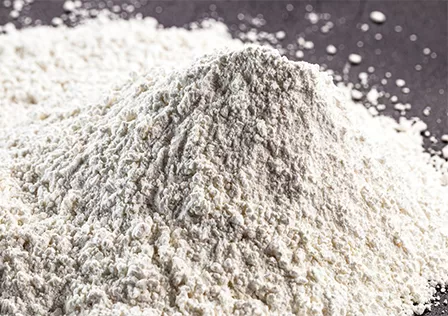
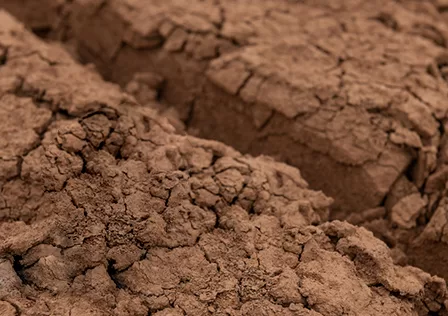
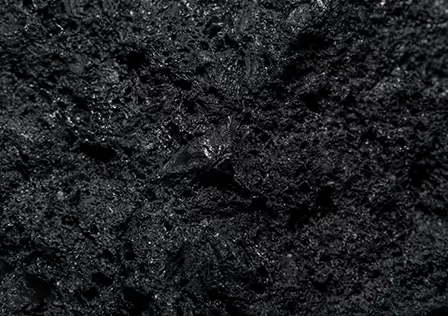
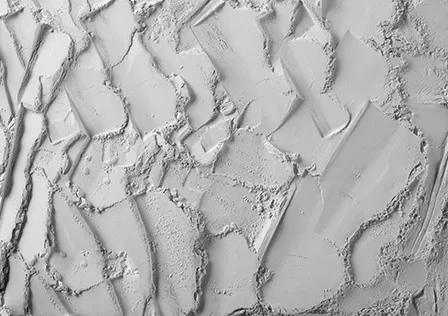
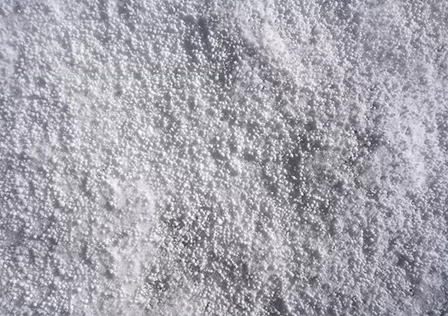
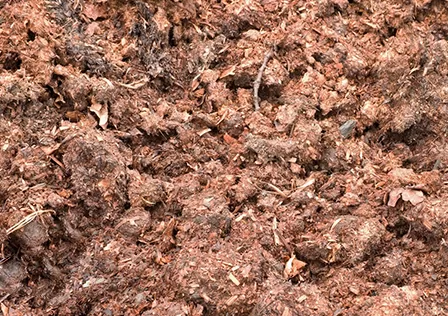
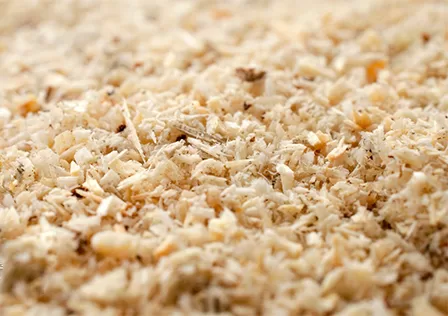
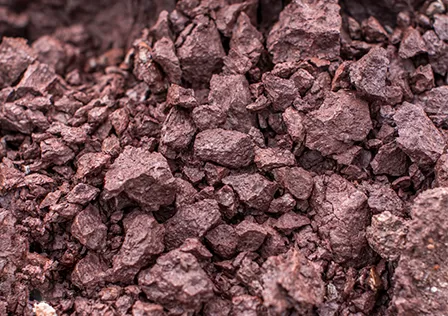
Very sticky materials may require a back-mixing system to prevent them from clumping and sticking to the dryer shell.
The working principle of a rotary dryer is based on gravity and heat exchange.
The wet materials that need to be dried are sent to the feeding hopper by a belt conveyor or a hoist, and then enter the material end through the feeding pipe. The slope of the feeding tube is greater than the natural inclination of the material, so that the material can enter the dryer smoothly.
The dryer cylinder is a rotating cylinder slightly inclined from the horizontal line. The material is added from the higher end, and the heating medium is in contact with the material. With the rotation of the cylinder, the material moves to the lower end under the action of gravity. In the process, the material and the heat carrier exchange heat directly or indirectly, so that the material is dried, and then sent out through a belt conveyor or a screw conveyor.
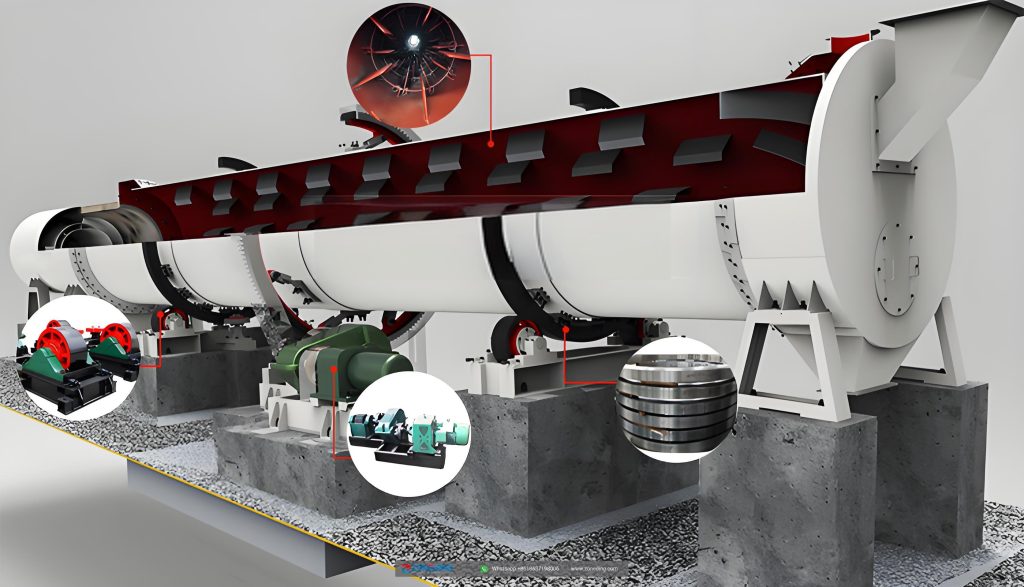
When you look at a rotary dryer, it might seem like a simple steel tube. However, the difference between a machine that lasts 5 years and one that lasts 30 years is in the engineering details. At ZONEDING, we build our dryers for long-term performance and reliability. A critical feature to examine is the trunnion rings (tires) and the girth gear. A cheap dryer might use a simple rolled steel bar for its tires, which wears unevenly and can’t be repaired. We use forged and machined trunnion rings. They are perfectly round, have hardened surfaces, and are designed to be resurfaced in-place after decades of service.
Similarly, the girth gear that turns the drum must be a two-piece or four-piece, cast steel, spring-mounted design. A one-piece gear welded to the shell cannot absorb the immense stress from thermal expansion and flexing. This stress will eventually crack the gear or the shell itself. Our spring-mounted design allows the gear to “float,” isolating it from these forces and ensuring a multi-decade lifespan. These are not just features; they are a philosophy of building equipment that becomes a long-term asset, not a short-term expense.
Gas burners, light oil burners, heavy oilburners, pulverized coal burners, andbiomass pellet burner, etc.
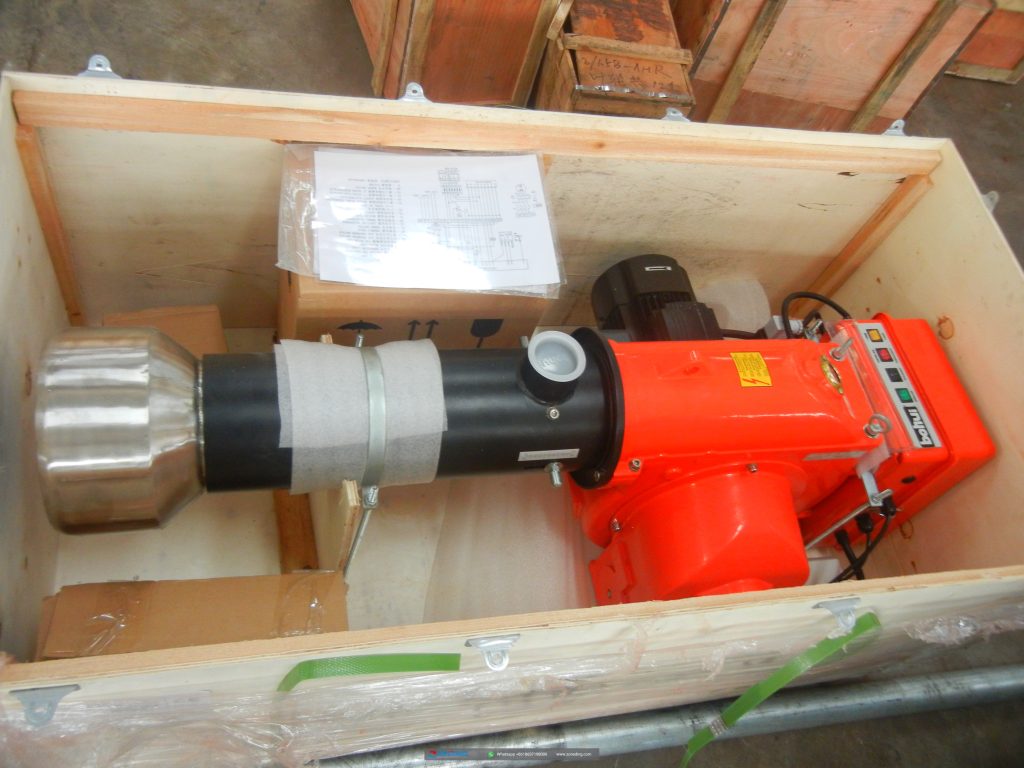
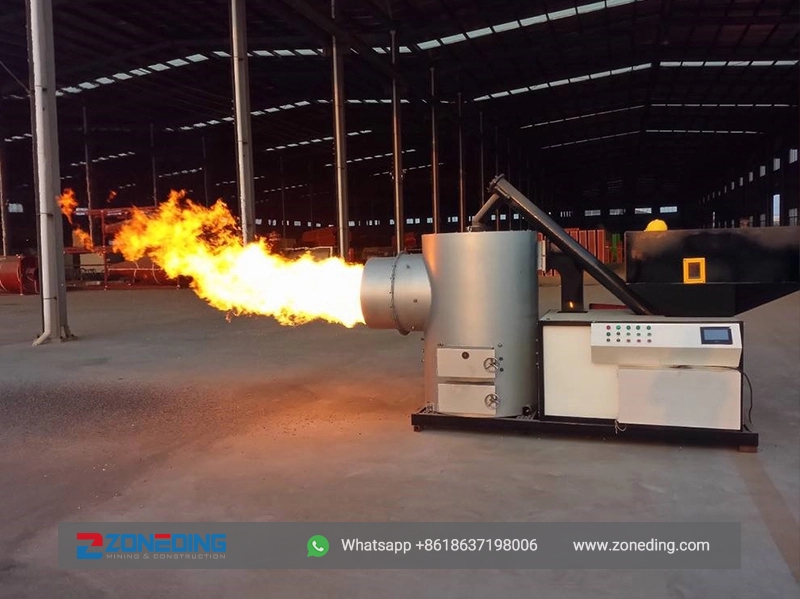
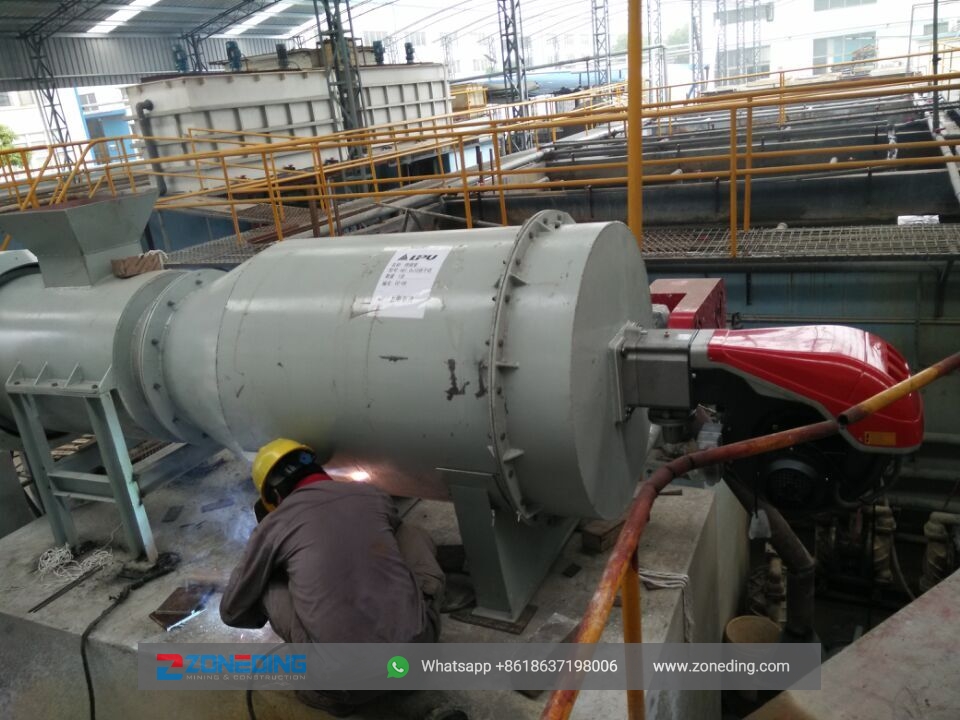
Provide space for fuel combustion, theend of the chamber is provided with anair inlet and an air regulating valve, andthe interior is built with refractory
cement and bricks, and the temperaturein the burning chamber can reach up to1200 C. lts structure is exquisite andreasonable, and it is closely combinedwith the dryer cylinder to providesufficient heat source for the dryer
Given different structures and applications, the rotary drum dryer is divided into several types. And thus, drying technology is more targeted.
According to the structure, rotary dryers are divided into the single-cylinder type and multi-cylinder type.
Based on experience and customer feedback, Zoneding engineers will recommend the single-cylinder rotary dryer. These two types of rotary dryers have almost the same drying efficiency. While the structure of the single-cylinder one is simpler, resulting in more convenient daily maintenance. The maintenance personnel can directly get into the cylinder body for inspection. For multi-cylinder dryers, this is difficult to achieve.
Working site of single-cylinder rotary dryer and multi-cylinder rotary dryer
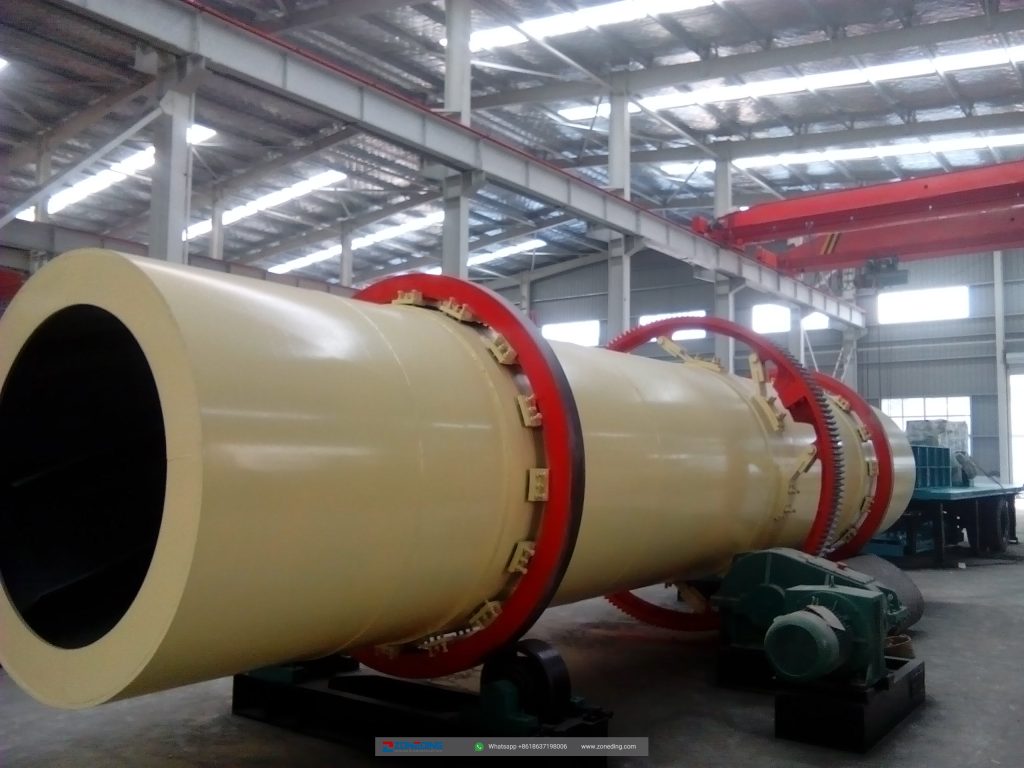
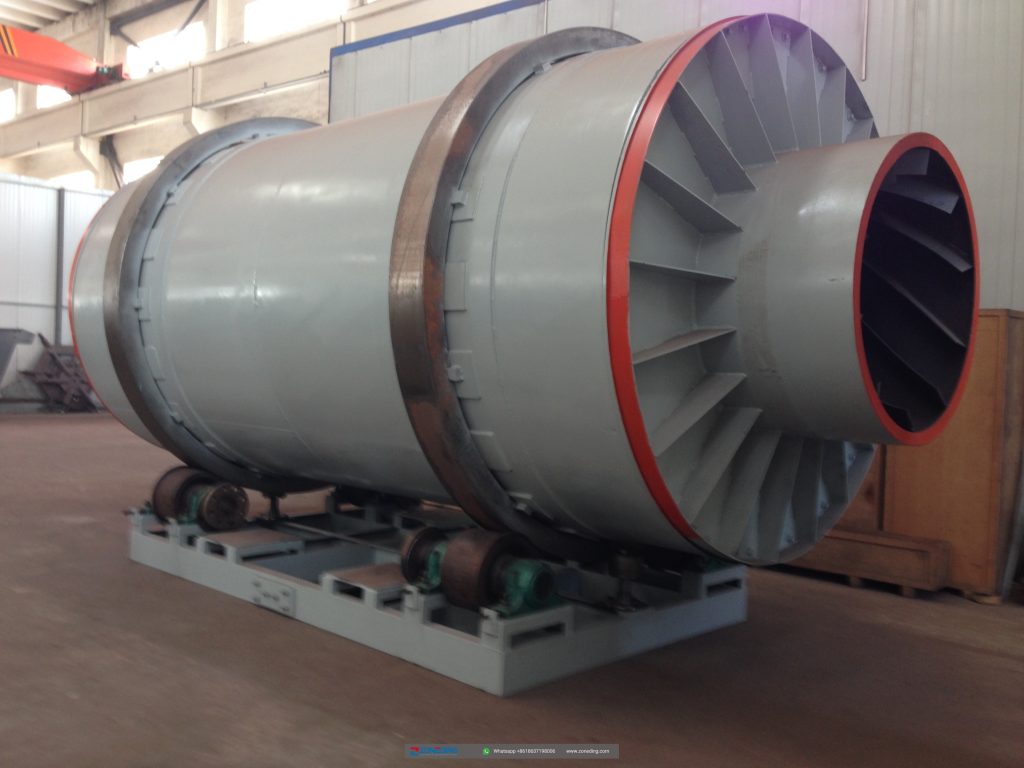
According to the heat transfer mode, the rotary dryer is divided into the direct type and indirect type, or it can also be divided into a co-current rotary dryer and counter-current rotary dryer.
The main structure of a rotary drum dryer consists of several key parts working together:
The rotary dryer working principle is a combination of mechanics and thermodynamics. Material is fed into the high end of the tilted, rotating drum. Inside the drum are a series of metal plates called “lifters.” As the drum rotates, these lifters pick up the material and drop it from the top of the drum down to the bottom. This process is repeated over and over as the material slowly moves down the length of the dryer. The most important part of this process is the creation of a “curtain.”
Efficiency is not about maximum temperature; it is about the curtain. The most efficient heat transfer happens when the lifters distribute the material in a uniform, dense curtain that fills the entire cross-section of the drum. Hot gas from the burner is forced to pass through this curtain, giving up its heat directly to the material. If your lifters are poorly designed or the rotation speed is wrong, you get a poor curtain with big gaps. The hot gas then bypasses the material and goes straight out the smokestack. You could have a 1000°C inlet temperature, but if the gas is not touching the product, you are just heating the sky. A lower temperature with a perfect, dense curtain is vastly more fuel-efficient and is the secret to an effective drying system.
The industrial rotary dryer price can range from $30,000 for a small, simple unit to over $500,000 for a large, high-capacity system. The price depends on one crucial factor: evaporation capacity, not tonnage. This is the single most expensive mistake customers make. They say, “I need a dryer for 20 tons per hour of sand,” and they get a price. But drying 20 tons of sand with 5% starting moisture is completely different from drying 20 tons with 20% starting moisture.
The second scenario requires a machine with four times the evaporation capacity. This means a much larger burner, a larger drum diameter for a longer residence time, and a more powerful fan system. Buying a dryer based on output tonnage without specifying the exact water removal rate is a recipe for failure. You will either buy a machine that is too small and can never meet your goals or one that is oversized and incredibly inefficient. A true price can only be determined after a detailed analysis of your material, moisture content, and production needs.
| Spec./m (Dia.×Length) | Shell Cubage (m³) | Capacity (t/h) | Installation Obliquity(%) | Highest Inlet Air Temperature(℃) | Main Motor (kw) | Weight (t) |
| Φ1.2×8.0 | 9.0 | 1.9~2.4 | 3~5 | 700~800 | 7.5 | 9 |
| Φ1.2×10 | 11.3 | 2.4~3.0 | 3~5 | 700~800 | 7.5 | 11 |
| Φ1.5×12 | 21.2 | 4.5~5.7 | 3~5 | 700~800 | 15 | 18.5 |
| Φ1.5×14 | 24.7 | 5.3~6.6 | 3~5 | 700~800 | 15 | 19.7 |
| Φ1.5×15 | 26.5 | 5.7~7.1 | 3~5 | 700~800 | 15 | 20.5 |
| Φ1.8×12 | 30.5 | 6.5~8.1 | 3~5 | 700~800 | 18.5 | 21.5 |
| Φ1.8×14 | 35.6 | 7.6~9.5 | 3~5 | 700~800 | 18.5 | 23 |
| Φ2.2×12 | 45.6 | 9.7~12.2 | 3~5 | 700~800 | 22 | 33.5 |
| Φ2.2×14 | 53.2 | 11.4~14.2 | 3~5 | 700~800 | 22 | 36 |
| Φ2.2×16 | 60.8 | 13.0~16.2 | 3~5 | 700~800 | 22 | 38 |
| Φ2.4×14 | 63.3 | 13.5~16.9 | 3~5 | 700~800 | 37 | 45 |
| Φ2.4×18 | 81.4 | 17.4~21.7 | 3~5 | 700~800 | 37 | 49 |
| Φ2.4×20 | 90.4 | 19.3~24.1 | 3~5 | 700~800 | 45 | 54 |
| Φ2.4×22 | 99.5 | 21.2~26.5 | 3~5 | 700~800 | 45 | 58 |
| Φ2.6×24 | 127.4 | 27.2~34.0 | 3~5 | 700~800 | 55 | 73 |
| Φ3.0×20 | 141.3 | 30.1~37.7 | 3~5 | 700~800 | 75 | 85 |
| Φ3.0×25 | 176.6 | 37.7~47.1 | 3~5 | 700~800 | 75 | 95 |
| Φ3.2×25 | 201 | 42.9~53.6 | 3~5 | 700~800 | 90 | 110 |
| Φ3.6×28 | 285 | 60.8~76.0 | 3~5 | 700~800 | 160 | 135 |
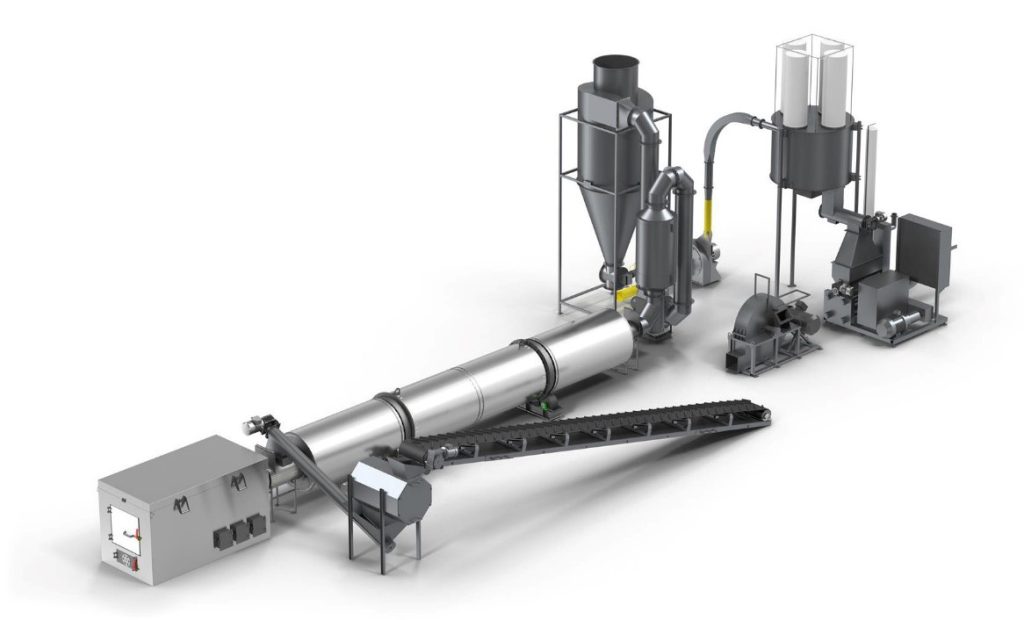

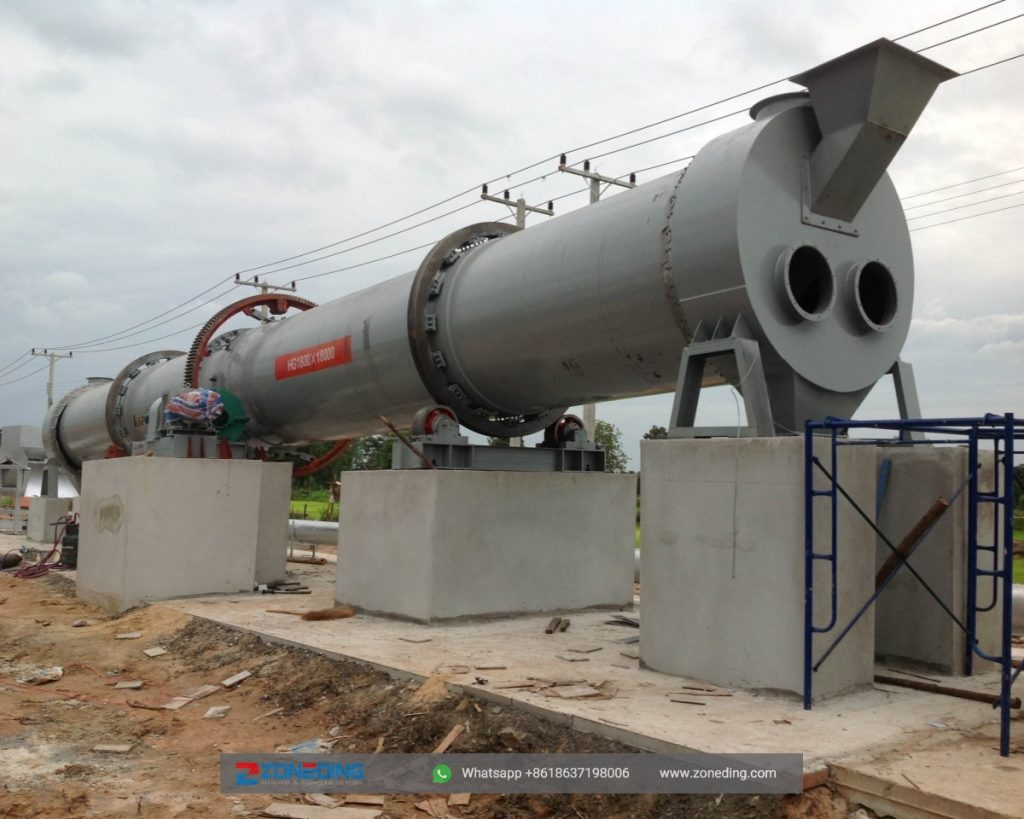
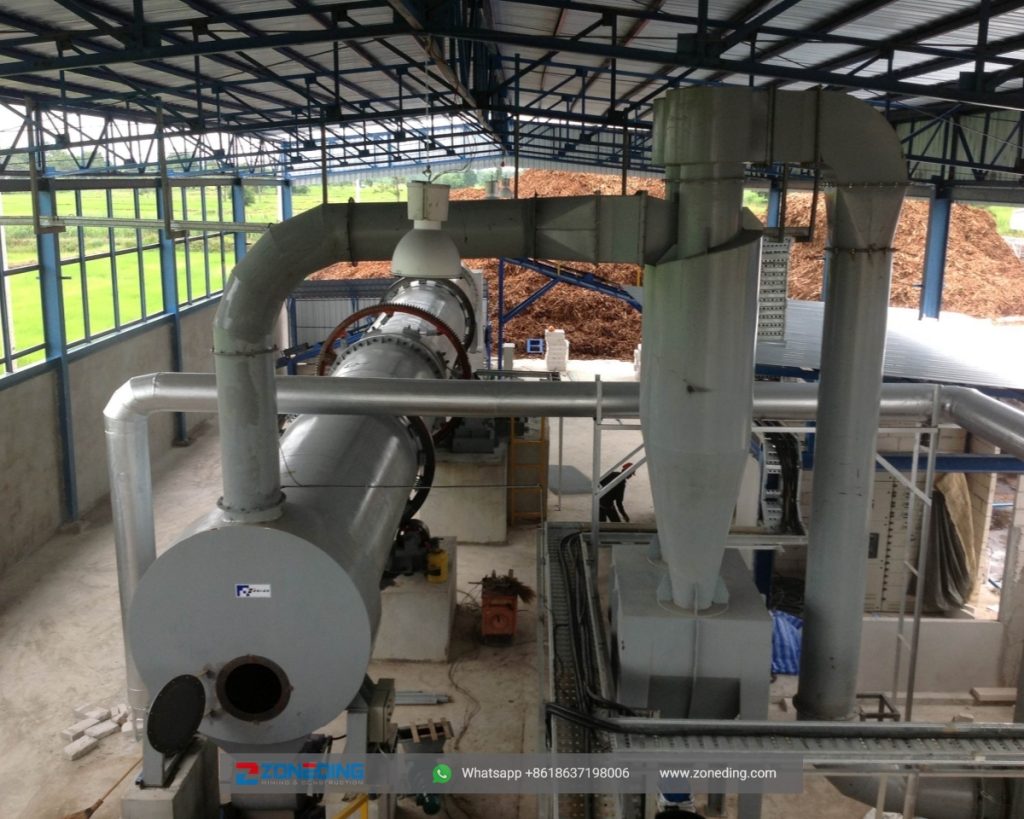
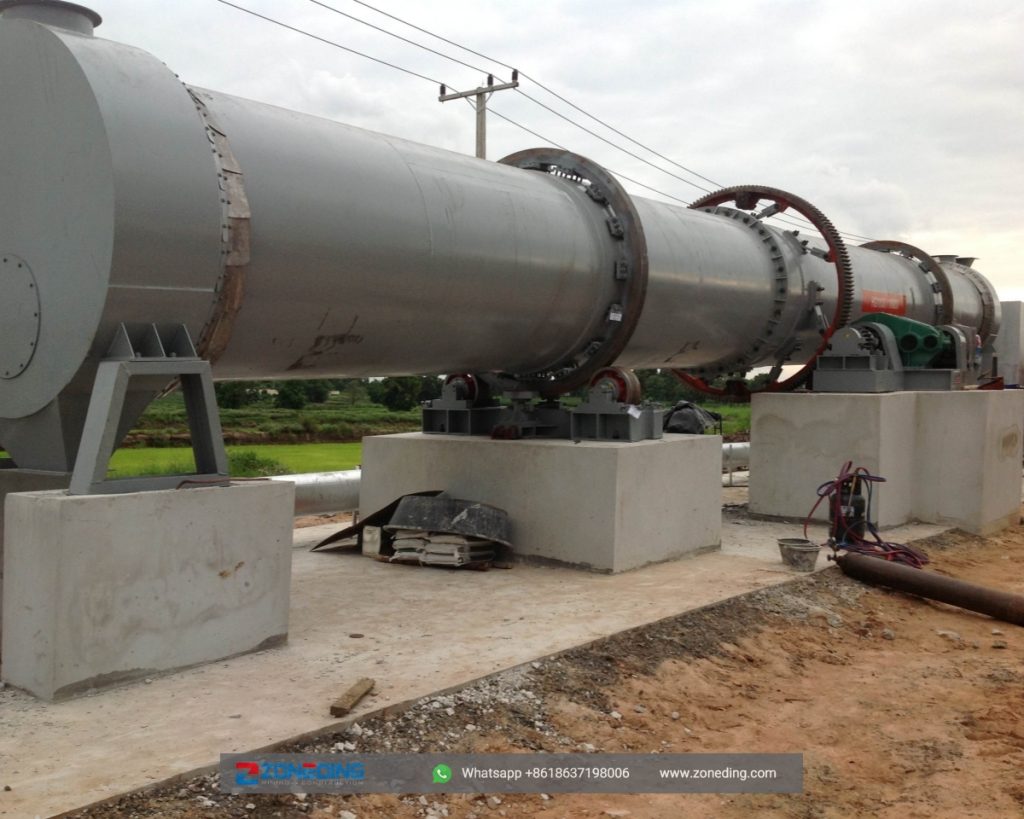
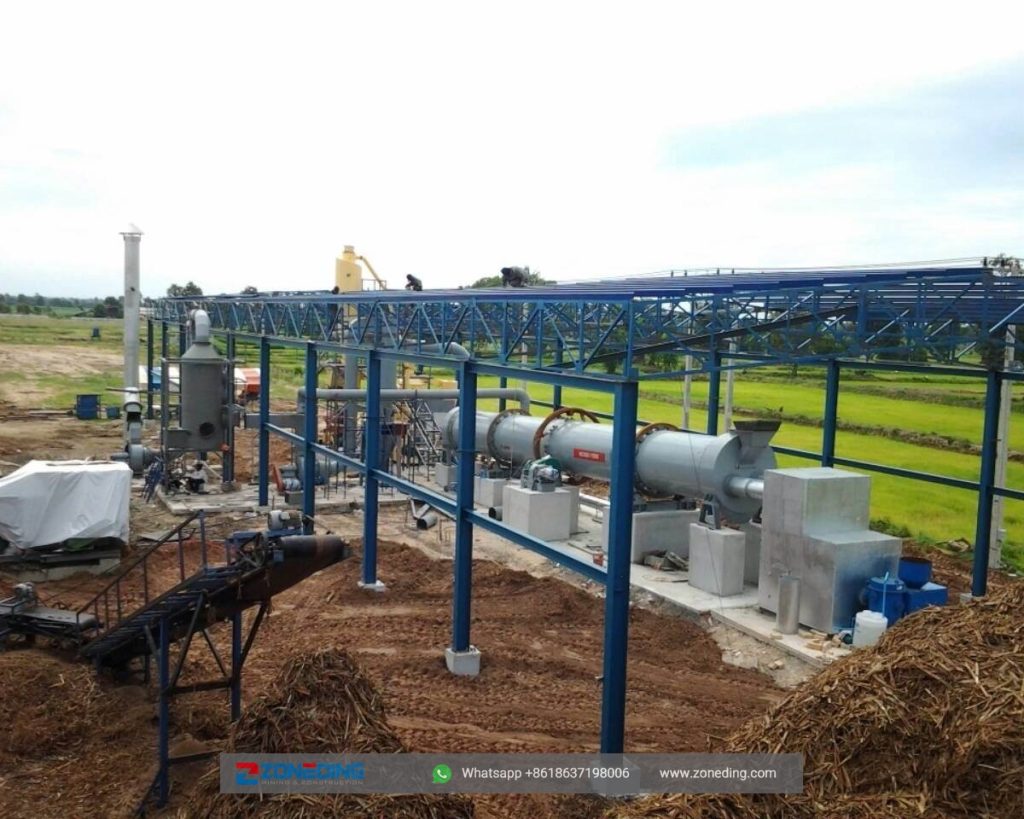
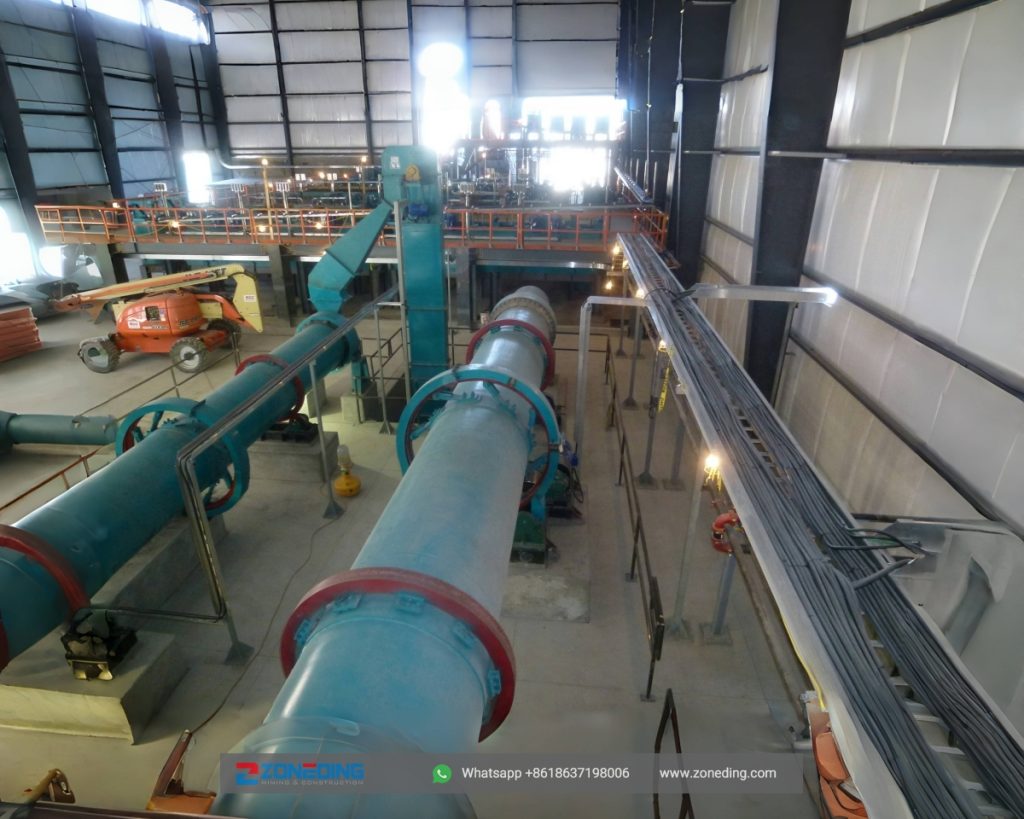
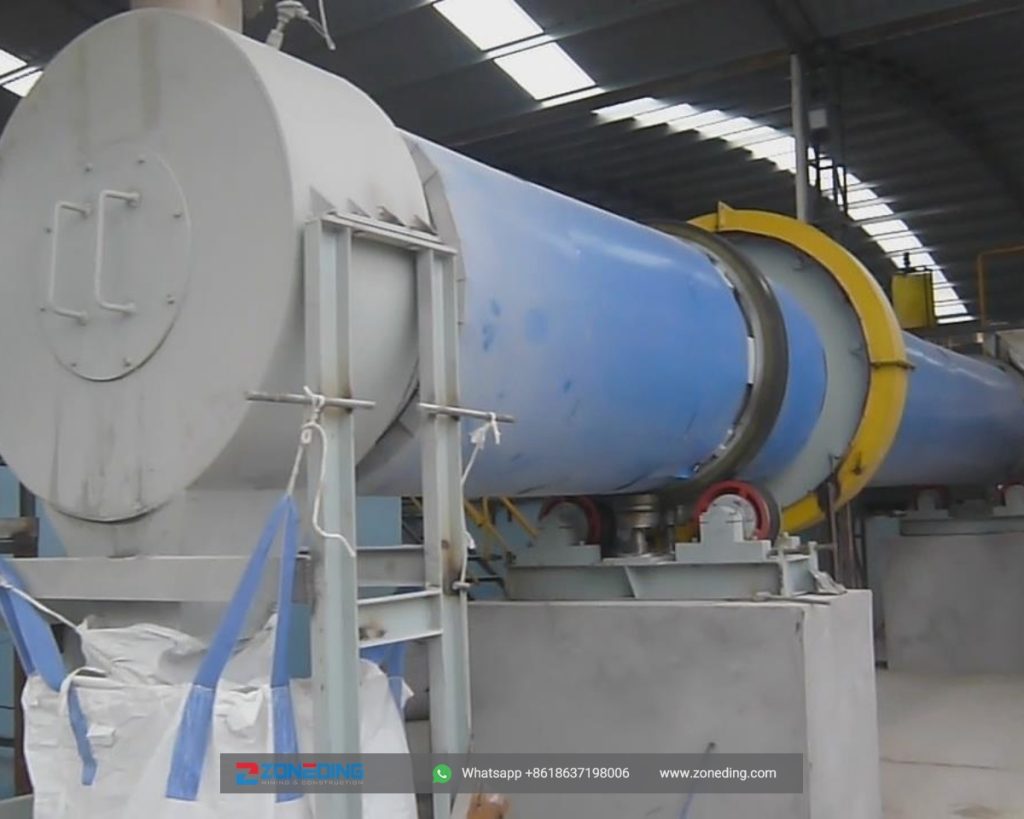
FAQ
Q1. Who are we?
A1: Zoneding Machine is manufacture of mining machine which is located in Henan province of China. We have been professional on grinding mill, stone crushers, sand making machines, production line for ore beneficiation, sand and aggregate industries since 2004.
Q2. What is our main crusher products?
A2: Jaw Crusher/Cone Crusher/Vibrating Screen/Sand Making Machine/Mobile Stone Crusher Plant/Vibrating Feeder/Fine Sand Recovery Machine/Screw Sand Washing Machine/Impact Crusher/Vertical Shaft Impact Crusher/Hammer Crusher/Belt Conveyor/Stone Crushing Plant.
Q3. What about the price ?
A3: We are able to give you competitive price than market one cuz we are factory, and we have a policy that ” for saving time and absolutely honest” business attitude,we quote as low as possible for any customer, and discount can be given according to quantity
Q4. What services can we provide?
A4: Accepted Delivery Terms: FOB, CFR, CIF;
Accepted Payment Currency: USD,EUR, CNY;
Accepted Payment Type: T/T,L/C;
Language Spoken: English,Chinese,Spanish,Arabic,French,Russian
Q5: When will the delivery be?
A5: For inventory goods, we can ship them within 3-5 days. For customized equipment and other devices, we will specify according to clients’ needs as we quote.
Related Products
ZONEDING MACHINE focuses on material processing equipment manufacturing. Post-processing gypsum is often wet and difficult to handle. Our Gypsum Dryer is an efficient drying solution, bringing your gypsum to quality standards and making it …
After high-temperature processes, like those in a Rotary Kiln, materials are very hot. They need cooling before you can handle or store them. They need cooling before the next steps like grinding in . The Rotary Cooler does this job. It coo…
The Rotary Kiln is a very important machine in many big industries. It uses very high heat to change materials. People use it for making cement, processing minerals, and treating waste. It is a big, rotating cylinder. …
Zoneding Company conducted technical research on sludge treatment, created a new generation of sludge rotary drum drying system that can reduce product moisture to less than 25%, with mature technology and easy operation and maintenance. …
Sand dryer, also known as the three layers of drum dryer or three return cylinder dryer, is developed and manufactured based on the single-cylinder dryer. It’s an industrial dryer for non-viscous, liquid material. …
Three drum Dryer is an improved version based on a single drum dryer with advanced German technology, mainly composed of three concentric circles, and is used to dry granular materials with certain moisture and particle size. …
Bentonite, a versatile clay, varies in color with iron content. Zoneding’s dryer boosts efficiency with custom, high-capacity design and advanced blades for optimal material retention. Bentonite is a kind of clay …
Zoneding’s coal dryer is designed to handle high-humidity coal, suitable for various coal particles. It efficiently smashes and dries coal, making it a versatile source for power plants and industrial raw materials, with applications in con…
The high-efficiency slurry-residue dryer uses hot air to reduce material moisture from 65%-75% to 13%. With electromagnetic speed adjustment and automatic temperature control, it dries quickly while preserving material quality. …
The slag drum dryer is an industrial drying equipment that reduces the moisture content of slag, making it easier to handle or reuse. This process is crucial for waste management and potential further applications of slag. Over 200 Expo…
loading…
已经是到最后一篇内容了!
We use cookies to ensure that we give you the best experience on our website. If you continue to use this site we will assume that you are happy with it.
Privacy Policy